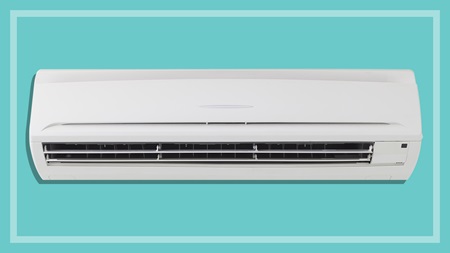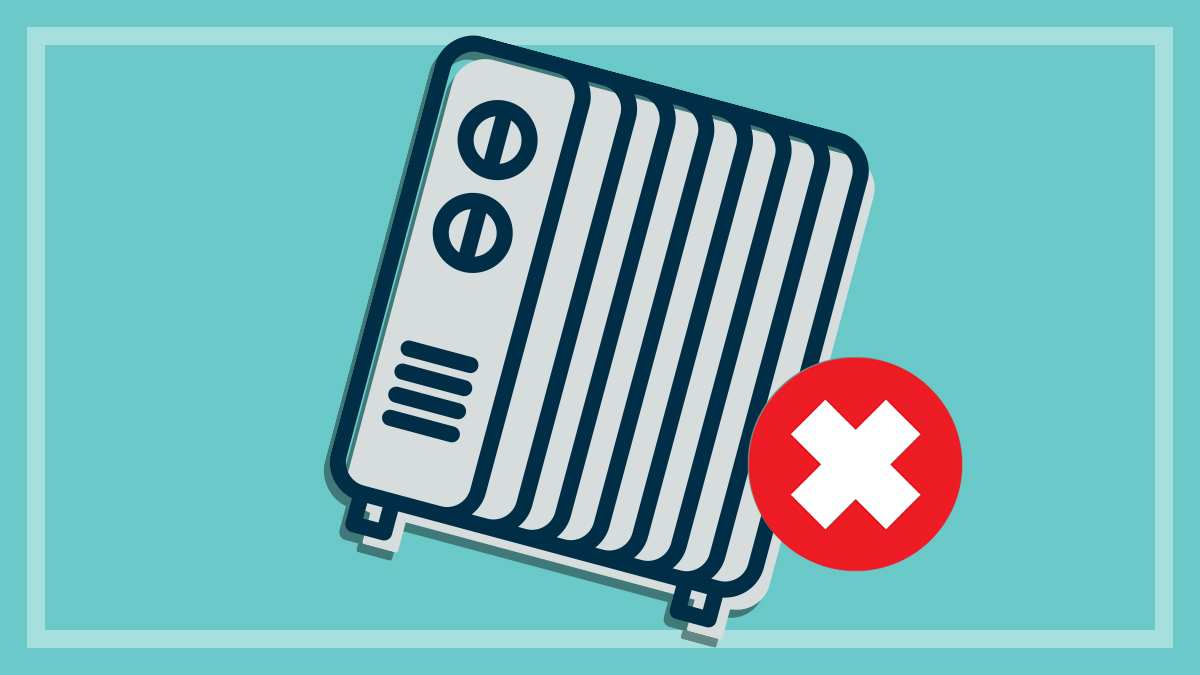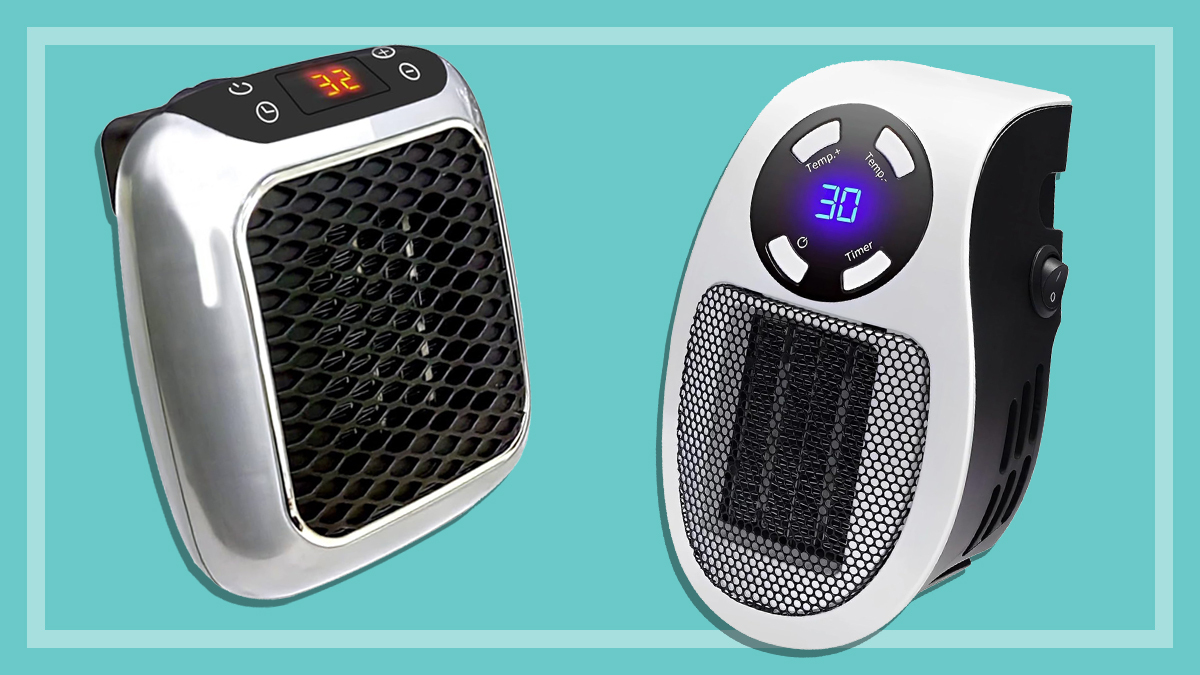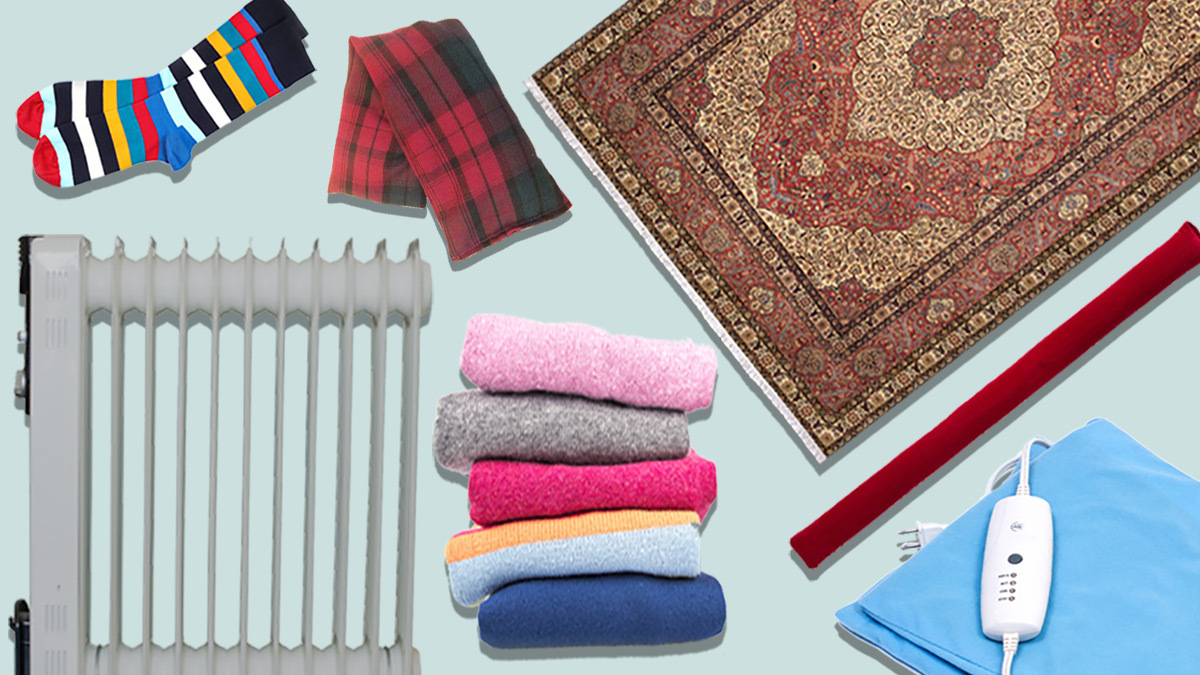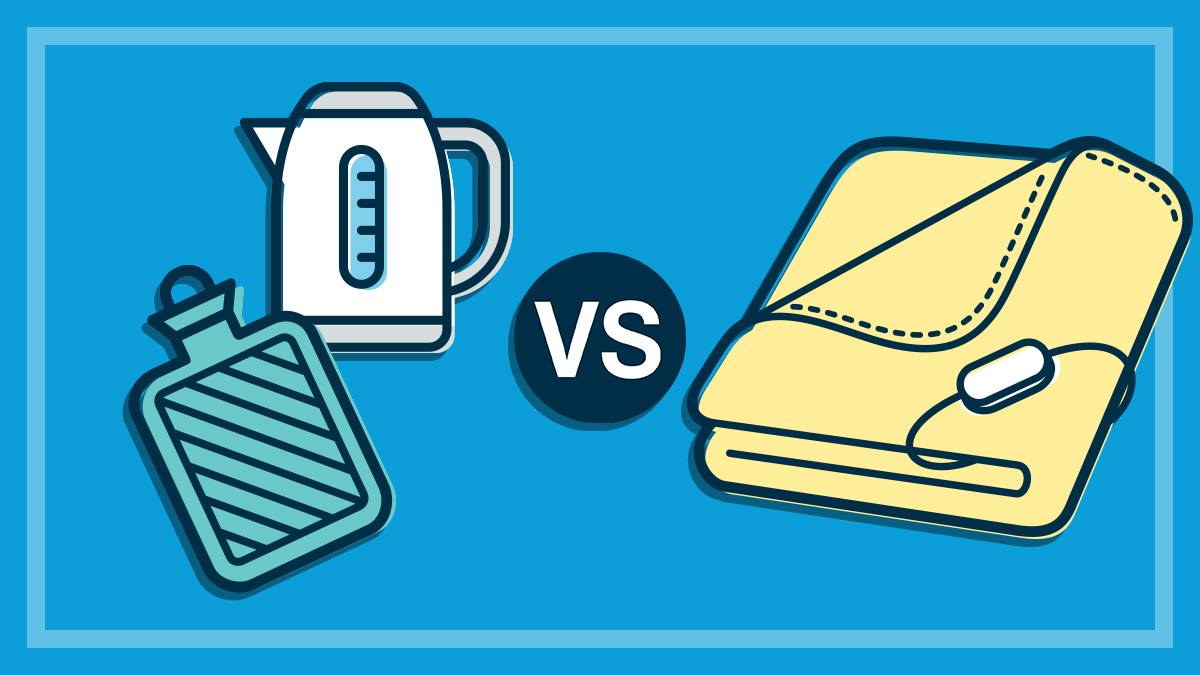Get our independent lab tests, expert reviews and honest advice.
How wood fires compare to other forms of heating
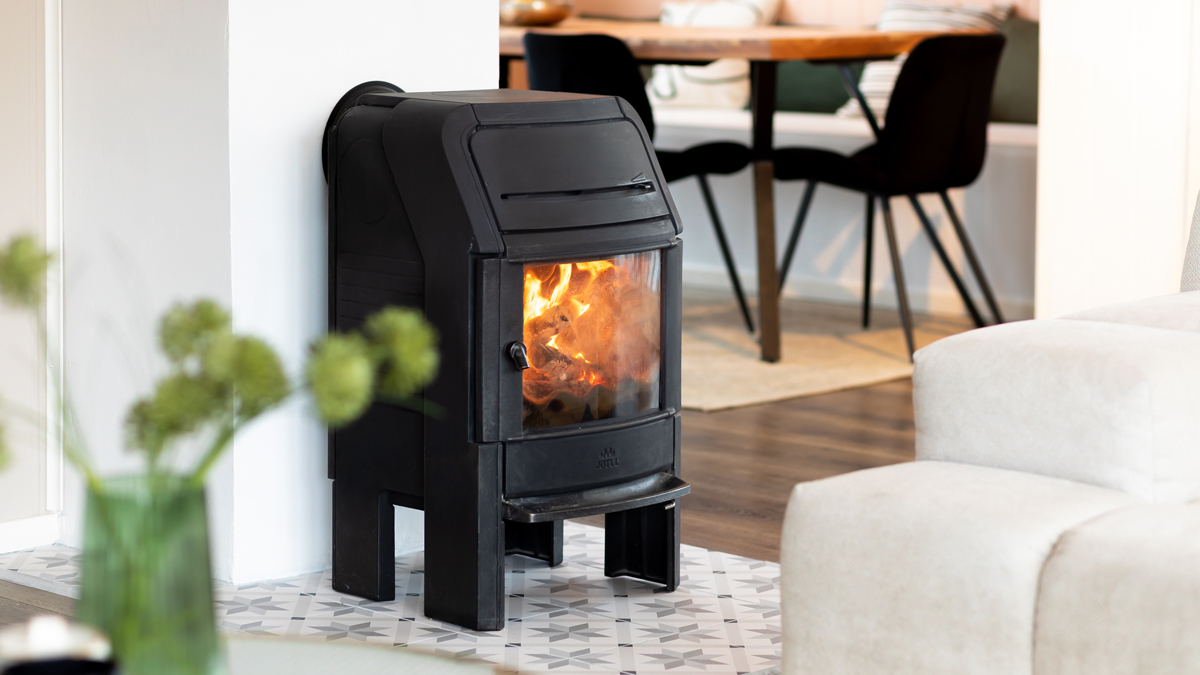
Need to know
- Many Australian households continue to burn wood for heat, but advocates and experts say the smoke is bad for our health
- Reverse-cycle air conditioners are more efficient and create fewer emissions in your home than fires and other forms of heating
Wood-fired heaters and fireplaces have been familiar fixtures in households for generations, with the crackling flames becoming synonymous with a cosy winter home.
But how do they compare to more modern forms of heating? And should you consider updating your heating setup to switch to one of these?
How common are wood-fired heaters?
A 2019 CSIRO study found 24% of Australians used timber as an energy source at home, with households consuming 4.2 million tonnes of firewood a year.
The vast majority who burnt wood said they did so for heating, with 69% saying it was their primary method of keeping their home warm.
The Australian Home Heating Association (AHHA) represents the wood-fired heating industry. General manager Tim Cannon says while wood heaters aren’t as common as they were 20 years ago, their popularity is holding ground.
“It trends a little bit up and down year on year, but over the last 10 years, it wouldn’t have fluctuated much more than 10%,” says Cannon.
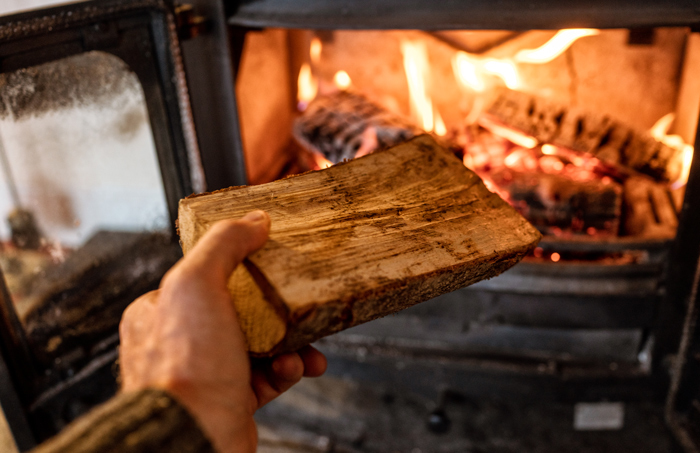
What are the health issues with wood fired heaters?
Timber is technically a renewable resource, but increasing awareness of the health impacts of smoke inhalation have made wood heaters the target of buyback schemes and removal rebates.
“There’s a fair few air pollutants in woodsmoke,” explains Dr Peter Irga, senior lecturer in air and noise pollution at the University of Technology Sydney. “The most familiar one would be particulate matter.”
Dr Irga says exposure to these small particles and a host of gases also found in wood smoke can carry serious health risks.
“You’re looking at respiratory illnesses, exacerbated asthma symptoms, and that’s just at an acute, short-term level,” he says. “At a persistent level, we’re looking at cancer.”
Gas heaters also produce some of these gases and particles, but in smaller amounts than solid-fuel heaters.
To reduce emissions, authorities in areas that experience significant woodsmoke pollution – often low lying residential regions with cold winters – have offered households money to remove or stop using wood heaters.
Canberra residents, for example, can receive over $1000 from the ACT Government if they replace a wood-fired heater with a reverse-cycle air conditioner.
Canberra residents can receive over $1000 from the ACT Government if they replace a wood-fired heater with a reverse-cycle air conditioner
Asthma Australia CEO Michele Goldman confirms wood smoke can trigger symptoms for asthma sufferers, something she notes can be “an incredibly frightening and scary experience”.
She says grants encouraging people to switch to other forms of heating are a good start, but says her organisation wants governments to go further.
“We’re advocating for wood heaters to be removed from homes when they’re sold and prevented from being installed in new homes when they’re built,” she says.
Tim Cannon admits wood-fired heaters are causing air pollution, but says these are mostly older units, not made to modern standards which are “giving the industry a bad name”. He says banning the sale of new heaters won’t fix the problem.
“It’s 10- or 15-year-old wood heaters that are causing the air quality issues,” he says. “They need to phase out those smokey heaters.”
CHOICE, however, believes the current standards applying to wood heaters could be improved to include fire start-up in the testing, as this is when wood heaters create the most pollution. We have communicated our recommendations to Standards Australia.
How efficient are wood-fired heaters?
CHOICE has found wood-fired heaters lag behind other heaters and reverse-cycle air conditioners in terms of efficiency, but home heating expert Chris Barnes says this can vary, depending on how they’re used.
“Wood-fired heaters are reasonably energy efficient if they’ve been well-maintained and you’re using good-quality, dry hardwood, which is more energy-dense than softwood and burns slowly,” he says.
“Generally speaking, though, a gas or electric heater can be more efficient because they usually include thermostats which help them regulate their output and fuel consumption.”
Chris notes the nature of wood as a fuel type means its efficiency and performance can vary widely depending on a household’s circumstances.
“The source and cost of firewood is a key factor: if you have a good supply of cheap (or free) hardwood, you’re laughing. But if you’re buying it, that could get expensive,” he explains.
You also need to learn how to set up a wood fire to burn effectively and how to use the air controls for best effect
CHOICE home heating expert Chris Barnes
“You also need to learn how to set up a wood fire to burn effectively and how to use the air controls for best effect,” he adds.
Chris says reverse-cycle air conditioners are the most efficient form of heating for most homes, thanks to their heat pump technology.
“Using free heat energy from cold air, they can deliver up to four or five times as much heat per kW of electricity consumed compared to a portable electric heater.”
Which type of heating is the most expensive?
Both wood heaters and reverse-cycle air conditioners are among the most expensive heating systems to buy upfront, with purchase prices ranging into the thousands of dollars. On top of this, you’ll need to pay for installation.
Electric and gas heaters are cheaper to purchase, but will take a hefty toll in the long term. An electric heater, for example, will cost more than its purchase price to run for a year, but reverse-cycle air conditioning will cost a lot less.
As established above, the running costs of a wood heater vary widely and can be difficult to quantify.
What about non-wood fireplaces?
Gas and ethanol-fueled or electric fireplaces promise the aesthetic allure of a fire, but without the hassle of sourcing and preparing firewood.
Gas fireplaces perform as well as a gas heater, while ethanol fireplaces rank similarly in terms of efficiency, but the fuel required can be expensive.
CHOICE no longer tests electric fireplaces, but previous reviews have found them to be as efficient as a portable electric heater and better for small rooms.
Should you switch away from wood-fired heating?
CHOICE finds wood heaters lag behind reverse-cycle air conditioners in terms of efficiency. Plus, air conditioners have the added bonus of keeping you cool in summer.
Michele Goldman from Asthma Australia says she would like to see homes currently using a wood-fired heater switch to a reverse-cycle unit, if they can afford to.
“It’s definitely a better option from a health perspective,” she says. “We know that cost of living is a big concern for many households, but we would encourage people to choose electric options where they can.”
We know that cost of living is a big concern for many households, but we would encourage people to choose electric options where they can
Asthma Australia CEO Michele Goldman
Dr Peter Irga agrees that households using wood heaters should switch to electricity if they can afford to, but predicts many people will continue to carry a torch for wood-fired heating, thanks to its symbolic value.
“It’s status,” he says. “We have seminars [and conferences] and call them fireside chats. We don’t have ‘gather around the aircon chats’.”
“There’s something primal about a fire!” adds Chris Barnes. “The cosy glow and radiant heat of a wood fire is pretty hard to beat on a cold night and there’s definitely satisfaction in mastering the art of setting one up to burn well.”
For his part, Tim Cannon from the AHHA says new wood-fired heaters will create less pollution and argues they can be a good backup to other home heating options.
This article was updated following initial publishing to reflect CHOICE’s stance on wood heater standards.

